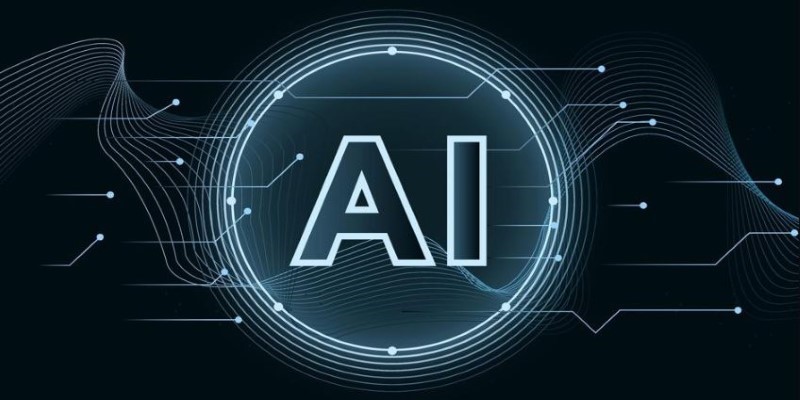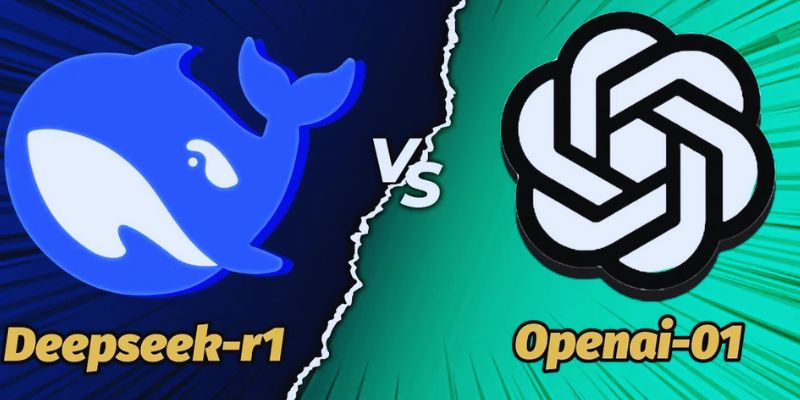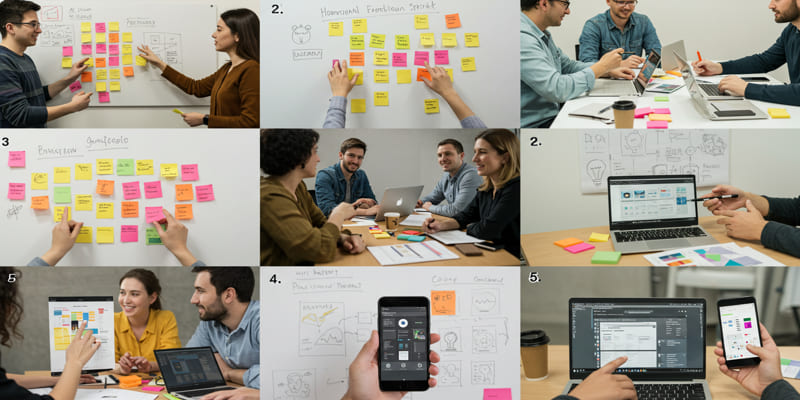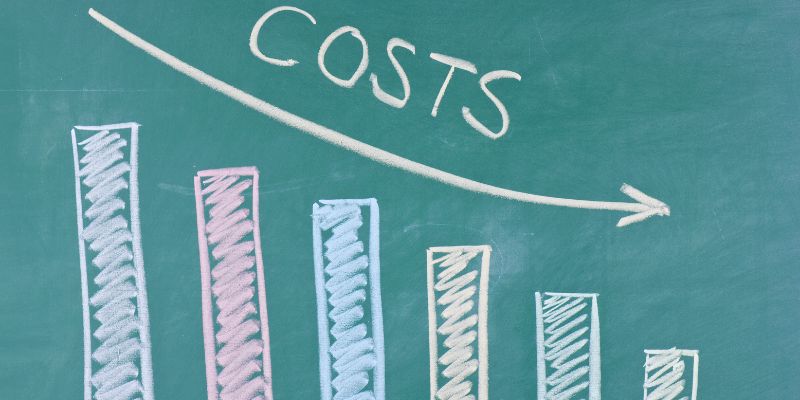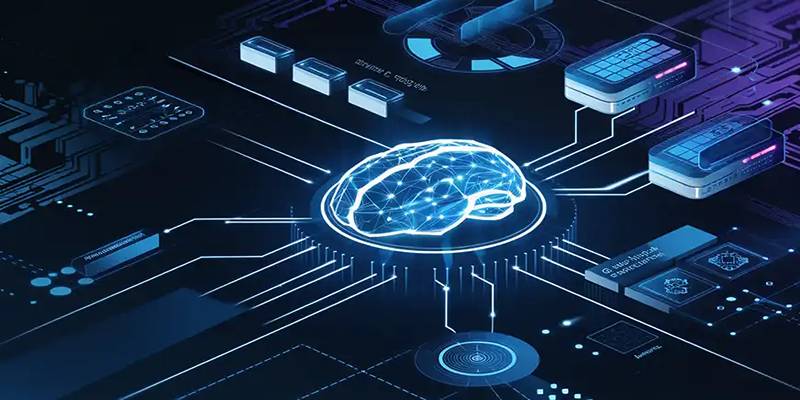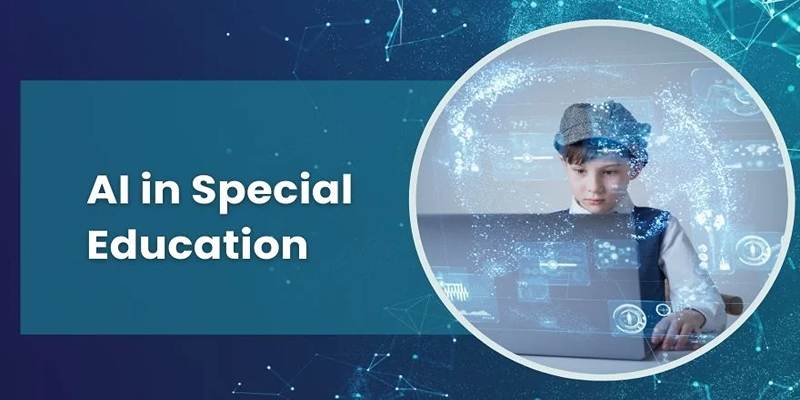Artificial Intelligence (AI) is steadily changing the face of modern education, but one of its most promising contributions lies in special education. For decades, students with disabilities have faced barriers in traditional classrooms, from limited access to tailored resources to communication challenges.
Today, AI is offering new hope by providing intelligent tools that understand, adapt, and support individual learning needs. This technological shift is not just about gadgets or software—it’s about giving every student, regardless of their physical or cognitive abilities, an equal opportunity to learn, grow, and thrive.
Why Special Education Needs AI
Students with disabilities often require specific accommodations that traditional teaching methods may not always offer effectively. Whether it's a child with dyslexia struggling to read, a non-verbal student trying to communicate, or someone with a mobility impairment needing assistance with written tasks, their needs can vary widely.
AI steps in to close this gap. Unlike one-size-fits-all education models, AI tools adapt in real time to the unique pace and ability of each student. It ensures learning is accessible, interactive, and less frustrating for children who might otherwise feel left behind.
Major Challenges Faced by Students with Disabilities
To better understand AI's impact, it’s important to look at the challenges these students commonly face:
- Reading and writing difficulties (e.g., dyslexia, dysgraphia)
- Speech or language impairments
- Hearing or vision loss
- Motor skill limitations
- Attention and memory issues
- Social communication disorders like autism spectrum disorder (ASD)
Educators often struggle to support such a wide range of needs with limited time and resources. That’s where AI becomes an important ally.
AI-Powered Solutions Changing the Game
AI doesn’t just automate processes—it learns and adapts. In special education, this intelligence is used to make learning more accessible and supportive for students who need it most.
Adaptive Learning Systems
These systems personalize lessons based on a student’s performance. If a learner answers correctly, the system moves forward. If not, it offers extra help or simpler explanations. It ensures that no student is overwhelmed or rushed through material they haven’t yet grasped. Such platforms also allow teachers to view real-time reports on progress and focus areas, helping them make informed decisions.
Assistive Communication Technology
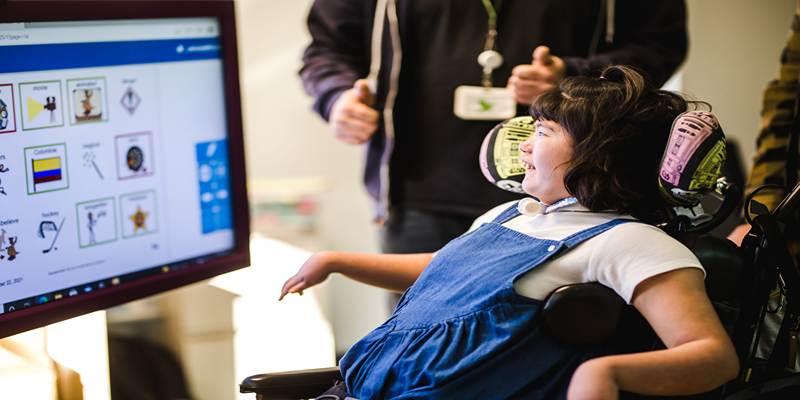
For students with speech impairments or non-verbal conditions, communication is one of the biggest obstacles. AI-powered tools have made significant progress in this area.
- Speech-to-text apps help convert spoken words into written format, allowing students to write essays or messages through voice.
- Text-to-speech software reads digital content aloud for those with reading difficulties.
- AI chatbots can simulate conversations, helping students with social anxiety or ASD practice interaction in a safe space.
These tools not only enhance learning but also boost confidence and independence.
Visual and Hearing Assistance
AI also supports students who are blind, visually impaired, deaf, or hard of hearing.
Examples include:
- Real-time captioning tools like Otter.ai, which convert spoken words into on-screen text
- Image recognition apps that describe scenes or objects aloud
- AI sign language translation tools that turn spoken language into sign and vice versa
These innovations give students more control over how they receive and interact with information, whether at home or in the classroom.
Behavioral Monitoring and Emotional Support
Some AI systems can detect emotional cues using facial recognition or voice tone analysis. These systems help teachers identify when a student might be stressed, anxious, or disengaged.
For example:
- A student with ADHD may become distracted, and the system might gently redirect them.
- A child with anxiety might get emotional support cues, like breathing exercises or calming visuals.
By catching these signs early, educators can respond quickly, improving both emotional well-being and academic engagement.
Benefits for Educators and Parents
AI doesn’t only benefit the students—it also empowers the adults supporting them.
For Teachers:
- Saves time with automated grading and personalized lesson planning
- Provides insights into each student's learning style and needs
- Encourages inclusive teaching without overburdening classroom time
For Parents:
- Real-time updates on student progress
- Clear communication with teachers and school staff
- Tools to support learning at home, even with limited technical skills
AI bridges gaps between school and home, creating a stronger support system for the child.
Real-World Tools Making a Difference
Many AI-based tools and platforms are already changing how special education is delivered:
- Seeing AI (Microsoft): Describes people, text, and surroundings for the visually impaired
- Google Lookout: Identifies text, currency, and objects through smartphone cameras
- Lexplore: Uses AI and eye-tracking to assess reading ability in children
- Tobii Dynavox: Provides eye-controlled communication devices for non-verbal students
These tools go beyond just helping—they allow students to learn with dignity and independence.
Limitations and Ethical Concerns

As promising as AI sounds, there are some important limitations and considerations to keep in mind:
- Data privacy: Many tools collect sensitive information. This data must be protected.
- Affordability: Some schools or families may not be able to afford advanced AI tools.
- Technology gaps: Not all educators are trained to use AI tools effectively.
- Over-dependence: Students should still have real human interaction, which AI can’t fully replace.
Developers, schools, and policymakers must work together to ensure ethical, fair, and safe use of AI, while promoting accessibility, inclusivity, and responsible innovation across all learning environments.
Conclusion
AI is not a magic fix, but it’s a powerful tool in the journey toward inclusive education. For students with disabilities, AI offers more than convenience—it offers access, independence, and a chance to thrive. With careful planning, collaboration, and continued innovation, AI can ensure that students with special needs receive the same quality of education as their peers. It’s not just about teaching differently—it’s about teaching fairly.
